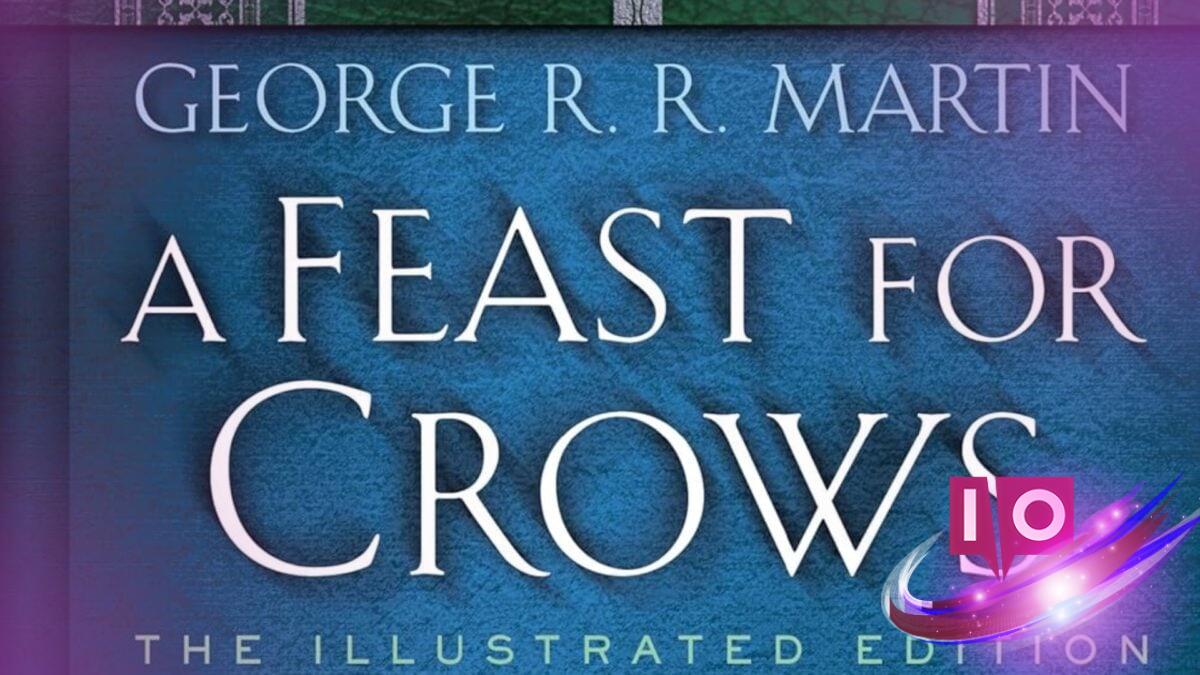If you’ve been keeping up with the latest in literature and technology, you may have noticed a fascinating issue brewing around George R.R. Martin—yes, the mastermind behind Game of Thrones. He’s currently embroiled in a lawsuit against OpenAI, voicing serious concerns over copyright and the ethical use of large language models. Authors like Martin are understandably worried about AI’s ability to learn from their work, especially if it leads to derivative content that could mislead or confuse readers.
But recently, Martin’s name has surfaced in a different context related to AI, stirring up worries among fans. The release of a new illustrated edition of A Feast for Crows, which features 24 original illustrations by Jeffrey R. McDonald, has prompted speculation that AI-generated art may have been involved in its production. Originally published in 2000, this limited edition hit the shelves on November 4, priced at $50 (approximately €46). While its appeal may primarily attract collectors and die-hard fans, some fans have begun to notice peculiarities in the illustrations.
According to reports from TheGamer, there are apparent signs that raise questions about the artwork’s authenticity. Some illustrations depict elements like a crucifix that doesn’t exist in Martin’s universe, and inconsistencies like mismatched limbs and unusual facial features are evident. Characters are shown sporting the wrong house colors, such as Cersei in blue instead of Lannister gold.
Fans quickly took to social media to express their concerns. One Twitter user shared their thoughts on the artwork, highlighting their surprise and criticizing the discrepancies:
lol. lmao, even pic.twitter.com/YYwEO911nb
— 2åse (@novembernatten) November 5, 2025
This growing skepticism reached Martin, who had a spokesperson respond through a guest post on his “Not a Blog.” Raya Golden, the art director at Fevre River, clarified that all licensed art for the illustrated edition was approved under her oversight and that there were no AI generative programs utilized in the process. Golden affirmed the artist behind the work, a digital multimedia creator, has explicitly stated that their art does not involve AI.
To sum up her statement: “The official word from our office is that we DO NOT, never have, and will not willingly work with A.I. generative artists in any way, shape, or form.”
Random House has also weighed in on the allegations, stating they are aware of the concerns. They have communicated with the artist, who has assured them that no AI was involved in the creation of this project.
What does this controversy reveal about the future of art and literature? It highlights the ongoing debate about the role of AI in creative industries, an issue that many authors are watching closely.
Have readers raised concerns about the quality and authenticity of AI-generated artworks? Yes, the discrepancies noted in the illustrations showcase a broader issue regarding the delicate balance between technology and human creativity.
Could this situation influence how publishers manage art licensing in the future? Absolutely, as both authors and publishers must remain cautious about how AI tools are integrated into creative processes.
As a fan of Martin’s work, you might be wondering, how can one ensure they are getting genuine content? Always check the publisher’s statements and reviews, which offer insight into production practices.
In a world where AI technology is becoming increasingly entangled with creative endeavors, understanding these developments is crucial. This incident serves as a reminder to remain vigilant about the art we consume and the implications of technology on creativity.
As this situation unfolds, it’s essential to stay informed about potential impacts on beloved literary techniques and artistic expression. For more insightful discussions and updates on literary trends, explore the latest content at Moyens I/O.
